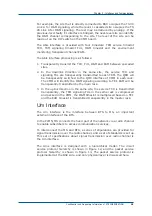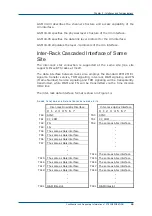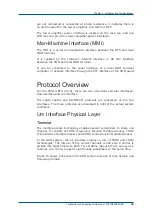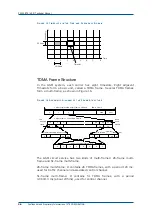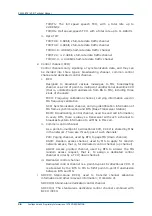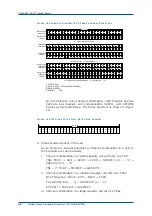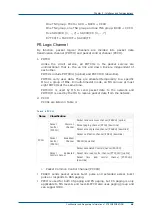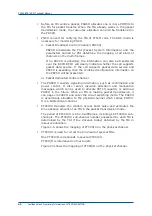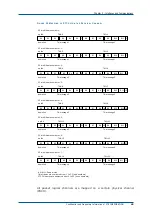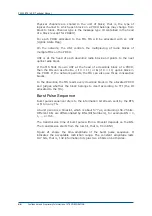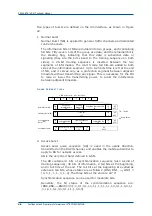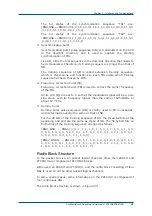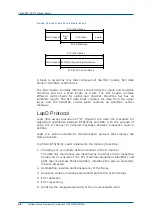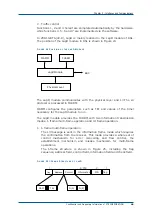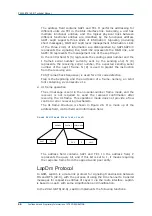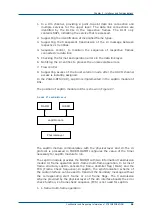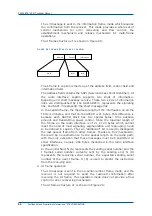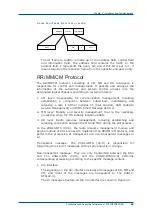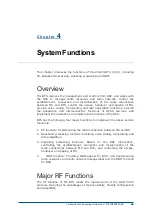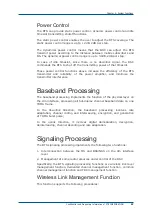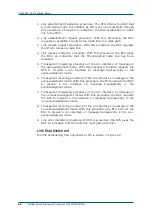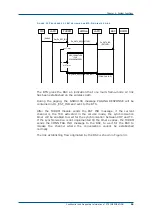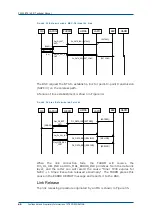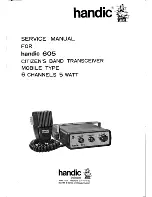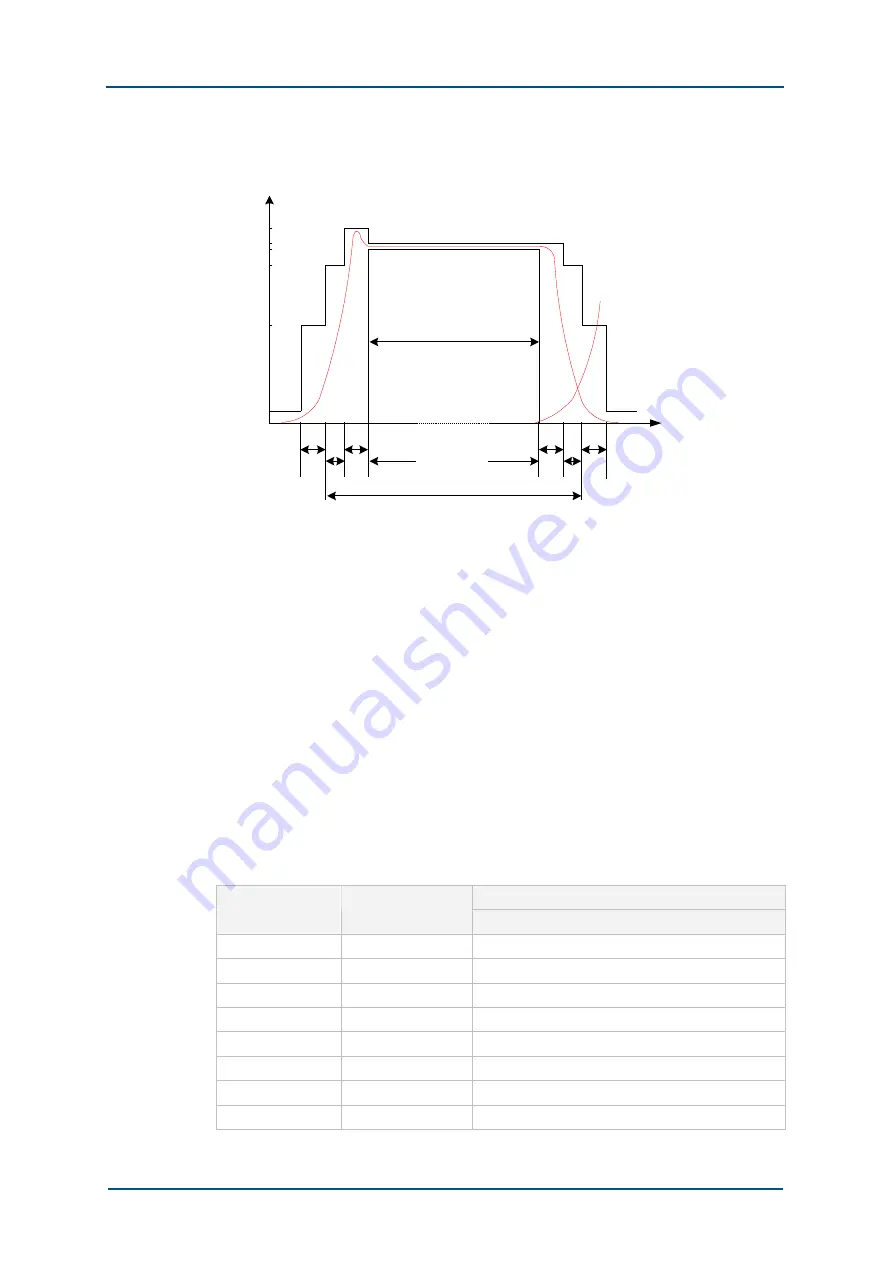
Chapter 3 - Interfaces and Communications
Confidential and Proprietary Information of ZTE CORPORATION 45
F
I G U R E
2 1
T
I M E
- A
M P L I T U D E O F T H E
N
O R M A L
B
U R S T
Level (dB)
t
(
µ s
)
147 bit
1
0
1
0
1
0
1
0
8
8
7056 / 13
One Burst Period
(
7500/13µ s
)
-70
or
-36dBm
-30
-6
+4
+1
-1
A training sequence is a given bit sequence of the receiver.
GSM defines eight types of different training sequences. Messages
obtained from the transmission training sequence enable the receiver to
accurately locate the useful signals in the receiving window and the
distortion during transmission. These messages are important for high
quality demodulation.
These eight different types of training sequences are used by the adaptive
equalizer circuit at the receiving end as a reference for delay
compensation. TSC (Training Sequence Code) ranges from 0 to 7,
representing 8 different types of training sequences. As for broadcasting
and control channels, TSC should be equal to the BCC (BS Color Code).
Training sequence bits (from BN61, BN62 to BN86) are listed in Table 5.
T
A B L E
5
T
R A I N I N G
S
E Q U E N C E I N
G S M
Binary
TSC
Hexadecimal
BN61 ~ BN86
0 970897
00100101110000100010010111
1 B778B7
00101101110111100010110111
2 10EE90E
01000011101110100100001110
3 11ED11E
01000111101101000100011110
4 6B906B
00011010111001000001101011
5 13AC13A
01001110101100000100111010
6 29F629F
10100111101100010100111111
7 3BC4BBC
11101111000100101110111100
Summary of Contents for ZXG10-BTS
Page 4: ...This page is intentionally blank ...
Page 8: ...Figures 121 Tables 123 ...
Page 9: ...This page is intentionally blank ...
Page 10: ......

